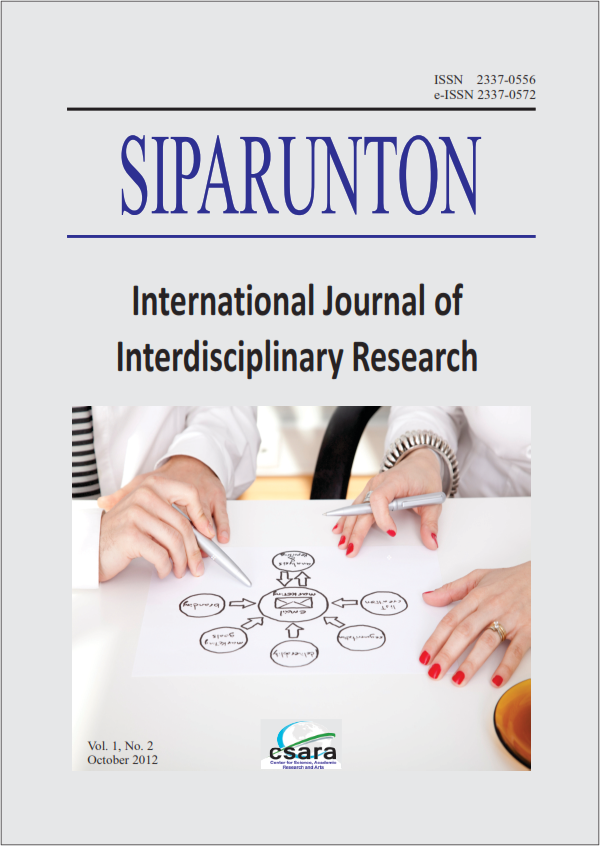Econometric consumption demand analysis – multiple linear regressions
Keywords:
Multiple, Linear Regression, Consumption Demand Analysis,, Product Price,, Consumer Income,, Demand Elasticity Coefficient,, Partial Derivatives.Abstract
Econometric consumption demand analysis comprises a sphere of applied econometrics that expresses the
maximum connectivity between the economic theory (consumption demand theory) on one side, and
mathematics and statistics on the other, which yields in rather significant results for applied econometrics,
through the use of respective methods and models.
The two-dimensional regression method is based on the Alfred Marshall and Ernest Engel models respectively,
and represents the basis of the statistics-econometric models used for empirical analyses of consumption
demand. In addition to the linear regression, the multiple linear regressions play a significant role in the
econometrical analysis of consumption demand, respectively on the determination of the demand for concrete
products and assumption of the trends of such demand for the upcoming years.
Consumption demand analyses may be expressed through linear and non-linear functions. Below, we have
strived to transform the non-linear functions into linear functions, by utilizing adequate transformation methods,
mostly logarithmic. The utilization of linear functions facilitates the calculation of the model’s parameters,
assumptions and economic interpretation of the consumption demand. If the use of these three very significant
demand analysis elements was correct, this means that we have accomplished the three basic scientific
purposes of econometrics: a) determination of the adequate demand model, b) calculation of demand model
parameters, c) assumption of the consumption demand for concrete products.

